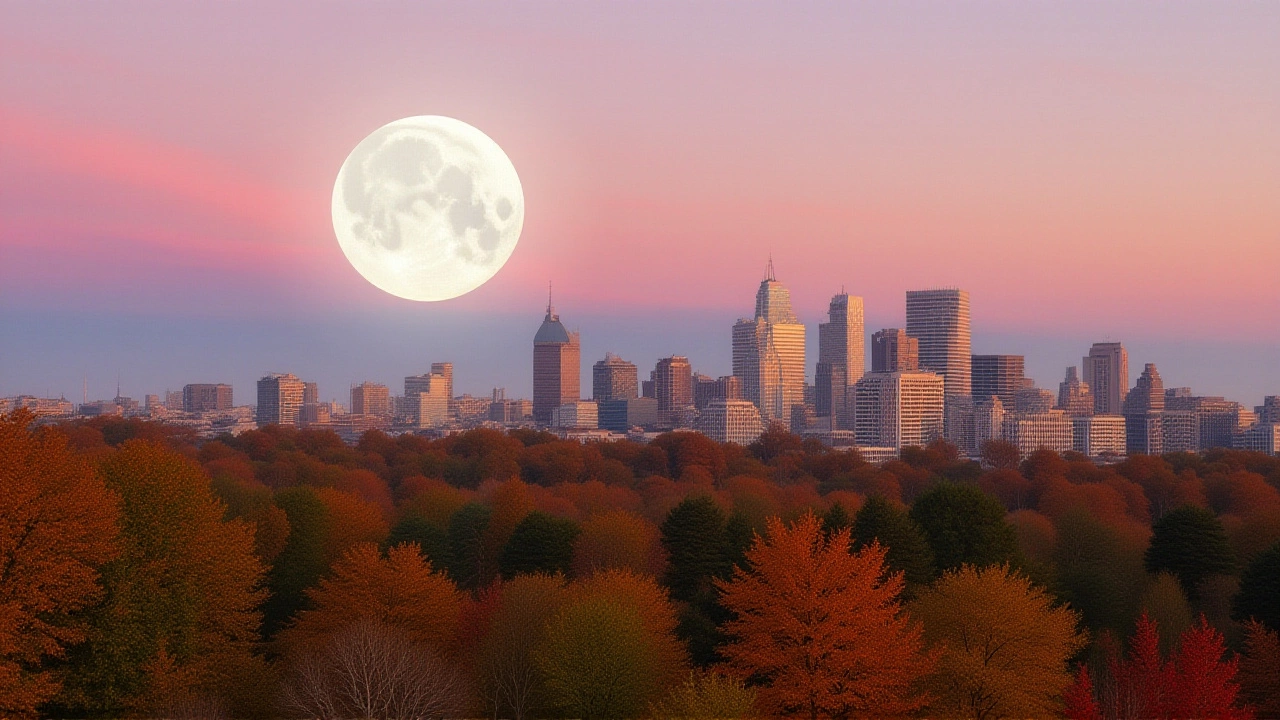Science: Exploring the Night Sky and Beyond
When working with Science, the systematic study of natural phenomena using observation, measurement and analysis. Also known as natural science, it builds the foundation for everything from chemistry labs to space telescopes.
If you love Science and want to see how it connects to the night sky, keep reading.
Astronomy: The Branch That Looks Up
When we talk about Astronomy, the study of stars, planets, moons and all celestial objects. Also called cosmic science, it requires telescopes, satellite data and a lot of curiosity. Astronomy encompasses observational techniques and theoretical models, linking the tiny particles we study on Earth to the massive galaxies far away.
Astronomy demands precise timing, clear skies and often the help of space agencies. That’s where NASA steps in.
NASA, the United States space agency, fuels astronomy research by launching telescopes like Hubble and providing data from missions such as the Lunar Reconnaissance Orbiter. In a NASA organization that designs, builds and operates space missions. Also known as the space agency, it influences scientific breakthroughs and the public’s view of the cosmos.
One of the most eye‑catching phenomena that NASA helps us track is the supermoon. A Supermoon, a full moon that appears 14% larger and up to 30% brighter because it’s at the closest point in its orbit. Also known as perigee‑full moon, it occurs when the moon’s perigee aligns with a full moon phase.
The October 6 2025 supermoon is the first of a rare trio of autumn supermoons, and it blends scientific data with cultural folklore. During autumn, the moon that rises closest to the horizon is called the Harvest Moon, a name that reflects its role in helping farmers gather crops before nightfall. Harvest Moon events are part of the broader lunar cycle, showing how regular orbital mechanics produce special nights that capture imaginations.
These lunar events illustrate how Science connects observation (the bright disk in the sky) to cultural stories (harvest traditions) and to cutting‑edge research (NASA’s satellite imagery). Below you’ll find articles that unpack the October 6 2025 supermoon, explore why supermoons appear brighter, and dive into the myths that surround the Harvest Moon. Each piece shows a different angle of the same sky‑watching adventure, giving you a full picture of how astronomical science, space agencies and centuries‑old folklore intersect.
